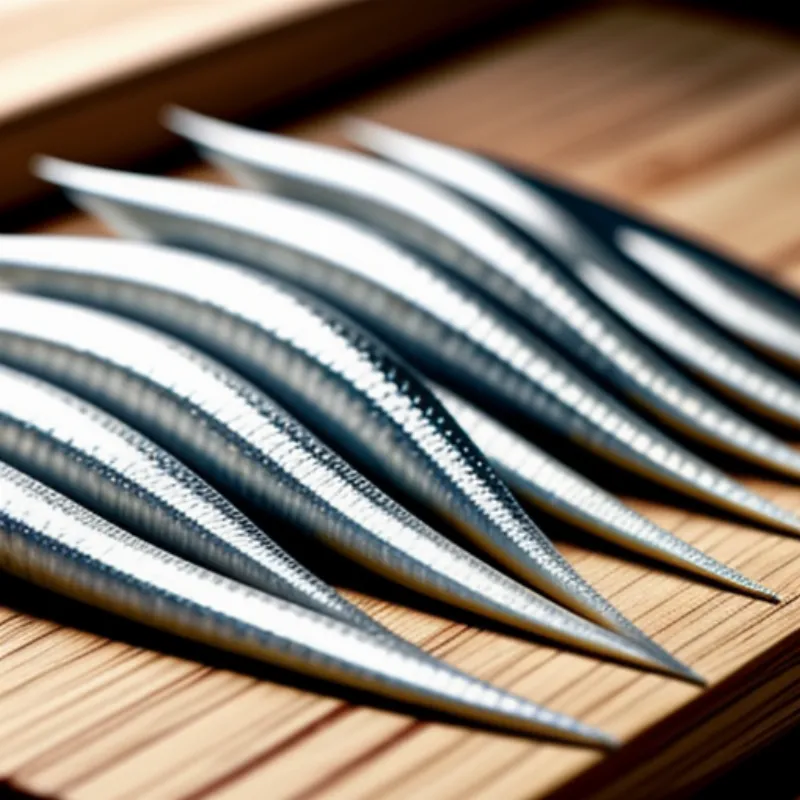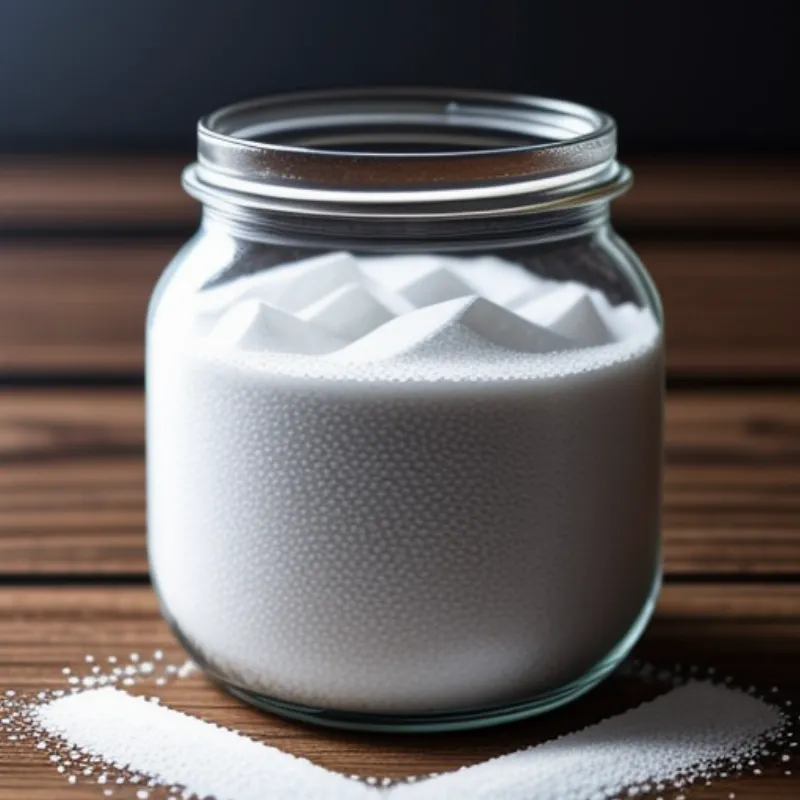Anchovies. The tiny fish that often elicits a strong “love it” or “leave it” response. But if you’re in the “love it” camp, then you know the magic these little umami bombs bring to dishes. They add a depth of flavor that’s hard to replicate, instantly elevating pasta sauces, pizzas, and even salad dressings. And while store-bought anchovies are perfectly fine, making your own at home is surprisingly easy and rewarding. It’s like unlocking a culinary secret passed down through generations of food lovers.
So, are you ready to embark on this flavorful journey? Let’s dive into the art of making homemade anchovies!
Gathering Your Ingredients and Tools
Before we begin, let’s gather everything we need. The beauty of curing anchovies is the simplicity of the ingredients.
Ingredients:
- Fresh anchovies: Aim for about 1 pound (500g) for your first batch. Look for anchovies that are firm, shiny, and have a bright, silvery skin.
- Sea salt: Coarse sea salt is best for curing, as it draws out moisture effectively. Avoid iodized salt, as it can impart an unwanted flavor.
- Optional Flavorings: While salt is all you need, a bay leaf or two, a few black peppercorns, or a sprig of thyme can add a subtle complexity to your anchovies.
Tools:
- A non-reactive container: Glass or ceramic work well. Avoid metal containers, as they can react with the salt.
- A weight: A small plate that fits inside your container, along with a can or jar to place on top, will do the trick.
- Cheesecloth or muslin cloth: This will be used to line your container and prevent the anchovies from sticking.
- A sharp knife: For cleaning the anchovies.
 Fresh Anchovies Ready for Curing
Fresh Anchovies Ready for Curing
Preparing the Anchovies
Now, let’s get our hands a little fishy!
-
Rinse and clean the anchovies: Gently rinse the anchovies under cold water. Using your fingers or a small knife, remove the heads and guts.
-
Dry the anchovies: Pat the anchovies dry with paper towels. They don’t need to be completely dry, but removing excess moisture is important.
-
Layer with salt: Line your container with cheesecloth or muslin cloth, leaving enough overhang to fold over the top. Sprinkle a generous layer of salt at the bottom. Arrange a layer of anchovies on top, making sure they are not overlapping. Sprinkle generously with more salt, ensuring all surfaces are covered. Repeat the layering process until all the anchovies are used.
-
Weigh down the anchovies: Fold the excess cloth over the top of the anchovies. Place a plate that fits snugly inside the container on top, then add your weight (a can or jar filled with something heavy works well).
-
Refrigerate and cure: Transfer the container to the refrigerator. The anchovies will release liquid as they cure. You can pour this liquid off every few days if you like. Curing time can vary depending on the size of the anchovies and your desired level of saltiness, but expect it to take at least 4-6 weeks.
 Anchovies Curing in Salt
Anchovies Curing in Salt
The Moment of Truth: Enjoying Your Homemade Anchovies
After weeks of patient waiting, your anchovies are ready! Here’s how to tell:
- The flesh will be firm: Gently press an anchovy – it should feel firm, not mushy.
- The bones will be soft: The bones will have softened during the curing process.
To enjoy, simply remove an anchovy from the salt, rinse it gently under cold water, and pat it dry. You can use them whole in recipes or fillet them by running your thumb along the backbone to remove the spine.
Chef’s Tip: “Homemade anchovies have a cleaner, more delicate flavor than store-bought,” says Chef Elena Rossi, author of Preserving the Italian Way. “They’re fantastic chopped into sauces, tossed with pasta, or even blended into vinaigrettes.”
Frequently Asked Questions
How long can I store my homemade anchovies?
Stored properly in an airtight container in the refrigerator, your cured anchovies can last for several months.
Can I add other flavors to my anchovies?
Absolutely! Experiment with flavors like lemon zest, chili flakes, or even a sprinkle of smoked paprika.
The Joy of Homemade Flavor
Making your own anchovies might seem like a daunting task, but it’s surprisingly simple and infinitely rewarding. The process connects you to age-old culinary traditions and delivers an unparalleled depth of flavor to your dishes. So, why not give it a try? You might just discover a new favorite ingredient—one that’s crafted with your own two hands.
Want to explore more ways to infuse bold flavors into your cooking? Check out our recipe for a flavor-packed Sambal Teri!
